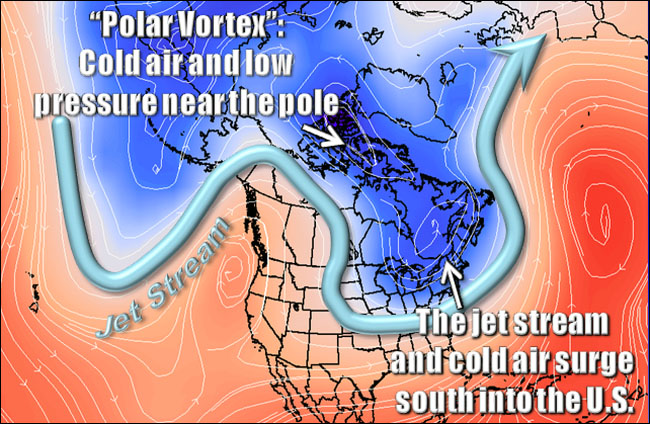Weather can change rapidly from one set of conditions to another after the passage of a strong front or other event. We can also see relatively rapid changes of weather patterns at times leading to very quick changes in the local temperature, wind, and humidity. On longer time scales, a drought can end quickly if a tropical storm or stationary front brings significant rain to an area.
These rapid swings from one set of atmospheric conditions to another is now being described by scientist Jennifer Francis as “weather whiplash”, although that term is not yet officially defined. These abrupt changes can result in severe impacts to crops, for example, if a long warm spell in spring is followed by a rapid drop in temperature to freezing conditions. While weather has changed rapidly in the past and will continue again in the future, some scientists believe the extremes are getting more severe and so changes from one pattern to another are resulting in worse impacts. This may be related to the reduction in temperature differences between the poles and the equators, resulting in more deep waves in the atmospheric circulation that bring more cold as well as warm outbreaks to midlatitude regions. You can read more about this emerging topic at https://thebulletin.org/2024/02/what-in-the-world-is-weather-whiplash/#post-heading.
